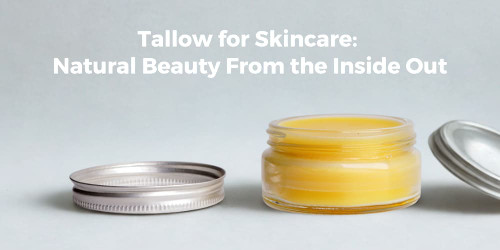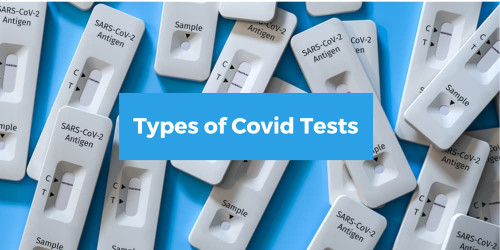Blood lancets are essential tools for individuals who need to monitor their blood sugar levels, especially those with diabetes. This article will guide you through the proper use of a blood lancet, explaining what it is, how it differs from needles, and answering common questions about purchasing and using lancets in Australia.
What Are Lancets Used For?
Lancets are primarily used for capillary blood sampling—a process that involves pricking the skin to obtain a small blood sample. This blood sample is then tested, often for glucose levels, making lancets vital for diabetes management. Lancets are also used in other medical procedures requiring a tiny blood sample, such as cholesterol or hemoglobin tests.
What is the Difference Between a Lancet and a Needle?
While both lancets and needles are used to puncture the skin, they serve different purposes. Lancets are designed for minimal invasiveness and are used to draw small amounts of blood. In contrast, needles are often used for injecting medications or drawing larger quantities of blood.
Key Differences:
- Size and shape: Lancets are small, with a sharp point designed to create a small puncture. Needles are generally longer and thicker.
- Purpose: Lancets are for blood sampling, while needles are for injections or drawing blood.
- Pain level: Lancets are less painful compared to needles, as they only prick the skin’s surface.
Do You Need a Prescription for Diabetic Lancets?
In Australia, diabetic lancets can be purchased without a prescription. These are classified as over-the-counter (OTC) medical devices, meaning they are readily available at pharmacies and online stores. However, it's important to use them correctly to avoid complications like infection. Your healthcare provider can offer guidance on the appropriate lancet size and type for your needs.
Can I Buy Lancets Over the Counter?
Yes, lancets are available over the counter (OTC) in Australia. You can buy them at pharmacies, medical supply stores, or online platforms like MedCart. There are various types of lancets available, including single-use and multi-use lancets, with different gauges that determine the thickness of the needle. Consult with your healthcare provider to choose the right one for you.
How to Use a Blood Lancet: Step-by-Step Guide
1. Wash your hands: Before using a lancet, always wash your hands with soap and warm water to reduce the risk of infection. Dry them thoroughly with a clean towel.
2. Prepare the lancet device: Insert the lancet into the lancing device according to the manufacturer's instructions. Most lancets come with a protective cap that needs to be removed before use.
3. Adjust the depth setting: Many lancing devices have adjustable depth settings. Start with a medium setting and adjust based on your comfort level and the amount of blood needed.
4. Choose a puncture site: The side of your fingertip is recommended because it tends to be less painful. Rotate sites to avoid soreness.
5. Lance the fingertip: Press the lancing device firmly against your skin and activate it to release the lancet.
6. Collect the blood sample: Gently squeeze your fingertip to collect the drop of blood. Apply it to your testing strip or device immediately.
7. Dispose of the lancet safely: After use, place the lancet in a sharps container to prevent accidental injury or infection.
FAQs
1. How often should I change my lancet?
- It’s recommended to use a new lancet every time you test. Reusing lancets can dull the needle, making it more painful and increasing the risk of infection.
2. Can children use lancets?
- Yes, children with diabetes can use lancets, but it should be done under adult supervision. Pediatric lancets are available, which are designed to be less painful.
3. What should I do if I can't get a blood sample?
- If you're having trouble getting a sample, warm your hands by rubbing them together or running them under warm water. Ensure the lancet device is set to the correct depth.
4. Are there different types of lancets?
- Yes, lancets come in various sizes and types, including those designed for less pain or for people with thicker skin. Consult your healthcare provider to find the best option for you.
5. Can lancets be reused?
- Although some people do reuse lancets, it is not recommended due to the increased risk of infection and reduced sharpness.
6. Which finger should I use for blood sampling?
- The side of the fingertip is commonly used because it’s less sensitive than the pad.
7. Are there alternatives to fingertip testing?
- Yes, some lancing devices allow for alternate site testing, such as the palm or forearm.















